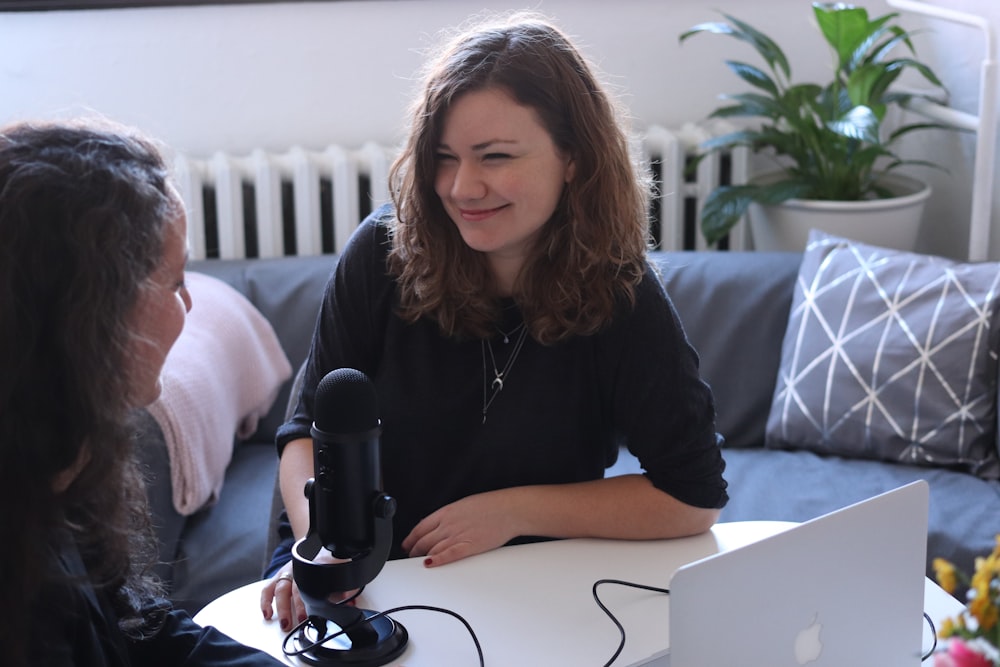Welcome to part 2 of our 2 part series on how to launch a podcast in Southeast Asia. If you haven’t read part 1, you find it here titled: Starting a podcast in Southeast Asia: The first steps.
We covered the initial setup and ideation when it comes to starting a podcast, but here comes the technology and hardware part. It isn’t rocket science guys, but the software and hardware you use can definitely impact the quality of your podcast.
You don’t need to be a very technical person nor have a lot of money to learn how to start a podcast. This guide will hopefully give you a step-by-step way on how to setup your podcast from a technical standpoint.
Getting the right recording equipment
Let’s start from the start. The bare minimum you need is a computer with a USB microphone and internet access. A good rule of thumb is to use a decent piece of hardware, because for podcasts the sound card and microphone on your computer really does matter.

Even simple USB microphone setups can give great results if you choose the right mic. It might be prudent to spend less at the start if you are just testing your podcast.
To help, we had a quick look on Lazada for some options under US$20:
We have no official recommendation, nor are we sponsored by Lazada, however we do recommend not investing hundreds of dollars into podcasting until you are sure.
If you are looking for expensive or professional equipment, we recommend this article for podcast hardware.
What to use to record your podcast

There is a lot of really good software out there that is either free or affordable, so we listed out some of the more popular options out there.
- Audacity: a good quality, free-of-charge audio editing application. For the majority of people, it caters to all your podcasting needs.
- Zencastr: a good free (and premium) online podcast recording and editing platform.
- Adobe Audition: a paid Pro-level production tool – which offers great workflow, and feature-rich.
Mac users will probably have Garageband which is a popular audio software with podcasters and not that bad. However with the reduction of the free features, it might be worth using Audacity as a free alternative.
Everything you need to know about editing a podcast
Every software option is different, but we’ll try to keep it simple and general. Here are some simple tips:
- Look for settings that stabilize the volume automatically so there aren’t spikes of high volume and eliminate background noises and pops
- Whatever you use, it’s important to normalize the volume of each episode – so make sure you manage that.
- The most popular format is .MP3 with a 128kbps bitrate and 44.1Mhz sample rate.
If you struggle with software or simply find the process too time-consuming, you can actually hire someone to edit your episodes for you. There are freelancers who can who can edit your podcast episodes for you. Based on some quick research it starts as low as US$15 all the way to a couple of hundred dollars per 30 minute episode.
How to publish your podcast
Hosting your podcast
You’ll need to start with a separate host just for your audio files. Even if you already have a web host and a website, you don’t want to host your podcasts on the same server.
Those shared web hosts often don’t have the bandwidth or speed for the demand that downloading and streaming for audio. You can consider a few options here:
- Libsyn: Podcast hosting starting at US$5 a month for 50mb of space with unlimited bandwidth.
- Buzzsprout: It has a free option that allows you upload up to two hours of audio per month. Paid options start at US$12 a month.
- Blubrry: Podcast hosting starting at US$12 a month for 100mb of space with unlimited bandwidth.
Just do some simple math. You should think about how many episodes you will be publishing per month. If you are releasing a new episode every week, which is about four episodes a month. Depending on the quality and length of the podcast, it can be anywhere from 10mb to around 50mb, so you maybe able to get away with just 50mb storage, but it might be safer to buy a bit more.
Getting your podcast online
Well you can do once you’ve figured out where to host, is to find a way to make sure it is uploaded everywhere. This is where RSS feeds from your media host come in.

For example, Buzzsprout, even on the free service, allows you to automatically post your podcast on almost every available platform including iTunes and Spotify. Usually one time setup is required for these platforms and away we go.
